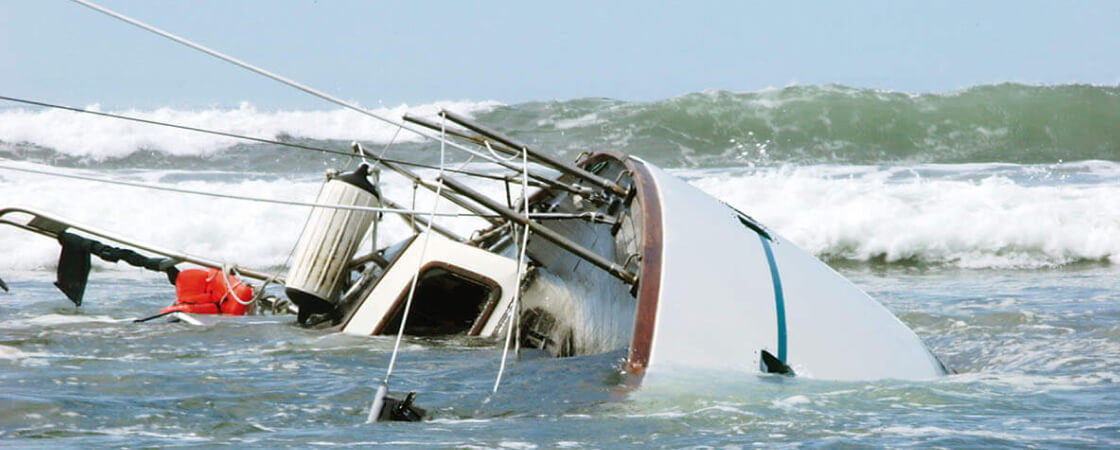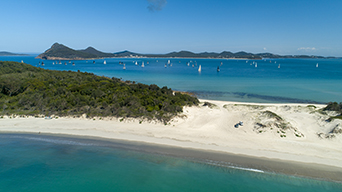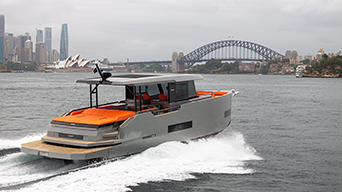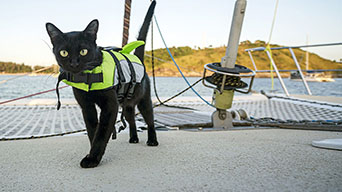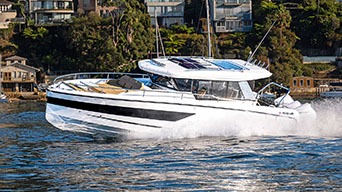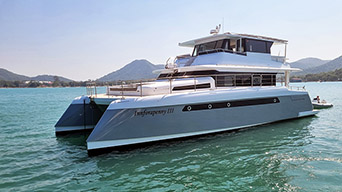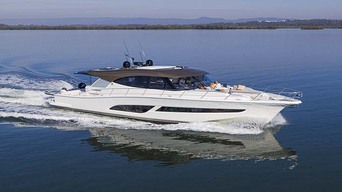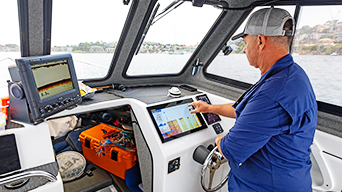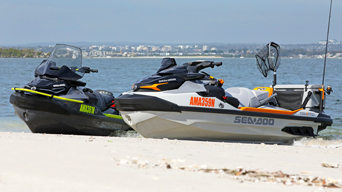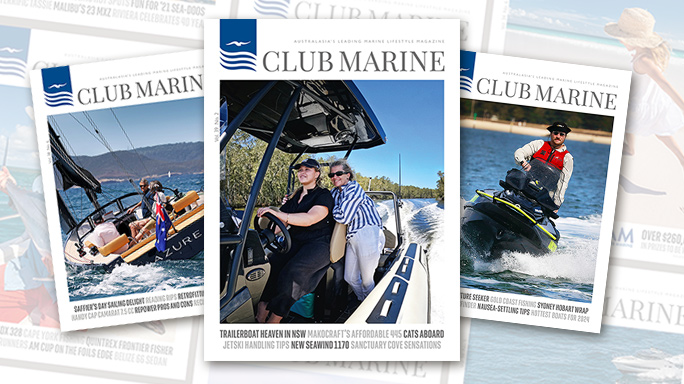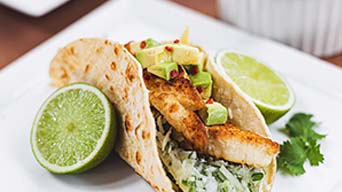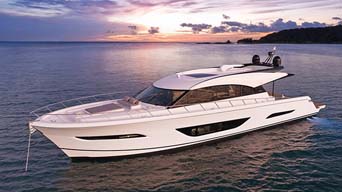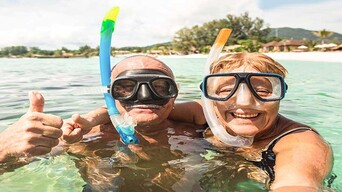In light of the fact that the Australian Communications and Media Authority (ACMA) has released a discussion paper about regulatory arrangements for VHF marine radios used by recreational boat operators, we thought it timely to bring readers up to date on marine radio communications and the laws and rules that govern them.
The purpose of the discussion paper, VHF Marine Radio Operator Qualification Arrangements – Non-Commercial (Recreational) Vessels, is to gather comments in response to concerns in the marine sector about safety and the use of VHF radios by recreational boaters. The ACMA is interested in hearing all views across the spectrum of interested parties – from individuals who operate marine radios on a recreational basis, to marine industry representatives and regulatory bodies throughout Australia.
“Correct radio use is fundamental to the safety of the maritime community,” said Chris Chapman, Chairman of the ACMA. “Our discussion paper outlines a range of ideas aimed at achieving more appropriate VHF radio use amongst recreational boaters and we want the ‘boaties’ to give us their vital feedback.”
Of late, concern has been growing – especially from NSW – about the use and, more to the point, the misuse of marine radios – specifically VHF radios.
To operate a VHF radio, the user must hold a Radio Operator’s Certificate of Proficiency, but figures show that although the numbers of VHF radios sold has been steadily increasing, the number of people applying for certificates has been steadily declining.
